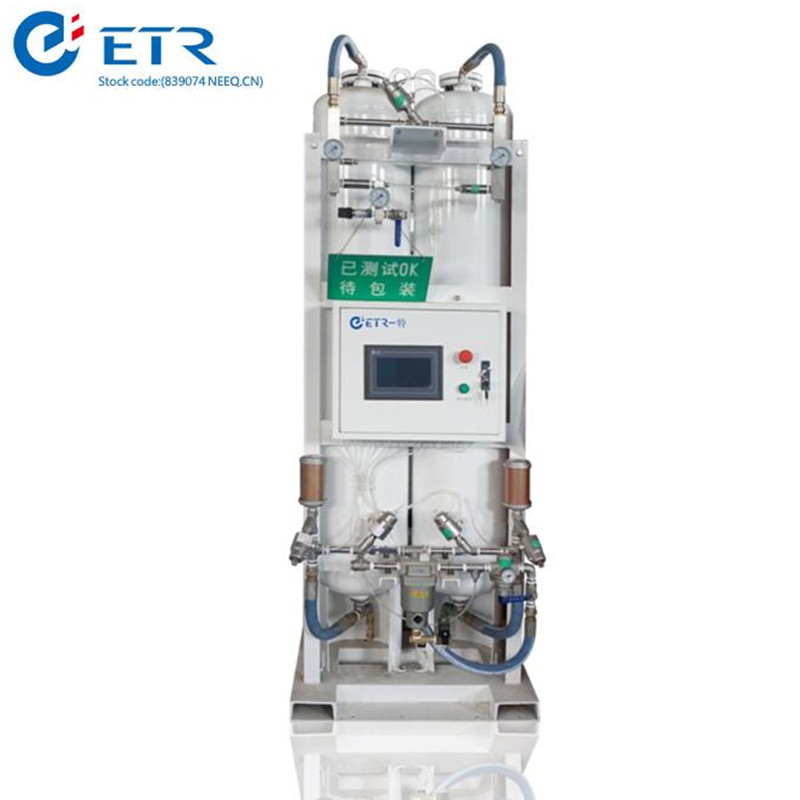According to raw material source
1. Rural Fermentation Raw Materials 1 Rich N raw materials. Usually refers to human, animal and poultry excrement, but also including grass and other raw materials with low carbon to nitrogen ratio. The nitrogen content is high, and the ratio of carbon to nitrogen is mostly below 25:1, that is, within or below the appropriate range of carbon to nitrogen ratio for biogas fermentation. The excrement of this kind of raw material has been fully digested by the gastrointestinal system of humans and animals. Generally, the pellets are small and contain a large number of low-molecular compounds—intermediate products that are not absorbed by humans and animals, and have a high water content. Therefore, in the case of biogas fermentation, it is not necessary to pretreat, and it is easy to decompose anaerobicly, and the gas production speed is fast and the fermentation period is short. 2 rich C raw materials. Another major category of fermented raw material in rural China is the residue of crops such as straw and oyster shells. These raw materials are rich in cellulose, hemicellulose, pectin, hard-degradable lignin and plant waxes, high carbon content, carbon-nitrogen ratio more than 40:1, higher than the carbon and nitrogen ratio suitable for biogas fermentation. , said carbon-rich raw materials. The anaerobic decomposition of these substances is much slower than the N-rich fecal material and the fermentation period is longer. The straw-rich C raw material generally has a higher dry matter content than the N-rich raw material, and has a small specific gravity. After entering the biogas digester, it tends to float to form a dead zone, namely a floating shell. In order to increase the gas production rate and utilization of raw materials, such raw materials generally require pretreatment before fermentation.
2. The wastewater of organic waste in cities and towns mainly includes human waste, domestic sewage, organic waste, organic industrial waste water, waste residue, and sludge.
3. Aquatic plants mainly include water hyacinths, water peanuts, water lettuces and other aquatic plants and algae. These aquatic plants have a strong ability to use solar energy, and have a high reproduction rate and high yield. Due to the tender tissue, it is easy to be decomposed by anaerobic and used as raw material for biogas, producing fast gas and short cycle. However, aquatic plants such as water hyacinths, water peanuts and water lettuces have gas chambers inside and directly enter the biogas tanks, which are easy to float. Therefore, when used as raw material for biogas fermentation, it is better to air dry or stack for 2 days before entering the pool.
According to the form of raw materials:
1. Solid raw materials such as straw and urban organic waste are all solids, and their dry matter content is relatively high. They are mainly used for dry fermentation, pit filling and fermentation. China's rural areas also use straw as the main starting material for hydraulic biogas digesters. It can make up for the lack of fecal material and slowly decompose the gas production, continuing the peak period of gas production. However, it is also susceptible to crusting and sedimentation in the pool, causing difficulty in discharging material.
2. Pulp liquid raw materials mainly refer to manure, livestock, and poultry excrement, and they are generally discharged into the pit with the cleaning water and become a slurry liquid. The dry matter content of fresh manure is mostly about 20%, and the slurry after mixing with water is mostly about 10%. They can be mixed with solid raw materials for dry fermentation, but also as the main raw material for China's rural hydropower biogas digesters. In addition, sewage sludge also belongs to this category.
3. Organic waste water such as alcohol distillation waste, yeast plant waste water, antibacterial plant waste water, soybean product mill waste water, soy sauce mill waste water and pulp slurry waste water, etc., which contain different amounts of protein, fat and carbohydrates, is a good raw material for producing biogas, Natural organic matter is easily decomposed. It can generally be treated with an efficient anaerobic digester.
With PSA principles, ETR medical PSA Oxygen Generator can produce 93%±3% purity oxygen gas directly from compressed air. Compared with traditional Bulk liquid oxygen and cylinders oxygen, ETR on-site PSA oxygen generator can reduce cost down to 50 percentages. They can produce oxygen by your will, overcoming the limits of distance, location and transportation.
Compressed air is purified through the air dryer and filters to a certain level for main generator to work with. Air buffer is incorporated for smooth supply of compressed air thus to reduce fluctuation of compressed air source. The generator produces oxygen with PSA (pressure swing adsorption) technology, which is a time proven oxygen generation method. Oxygen of desired purity at 93%±3% is delivered to oxygen buffer tank for smooth supply of product gas. Oxygen in buffer tank is maintained at 4bar pressure.

Oxygen Generator
Oxygen Generator,Psa Oxygen Generator,Medical Oxygen Generator,Hospital Oxygen Generator
Hunan Eter Electronic Medical Project Stock Co., Ltd. , https://www.eter-tech.com